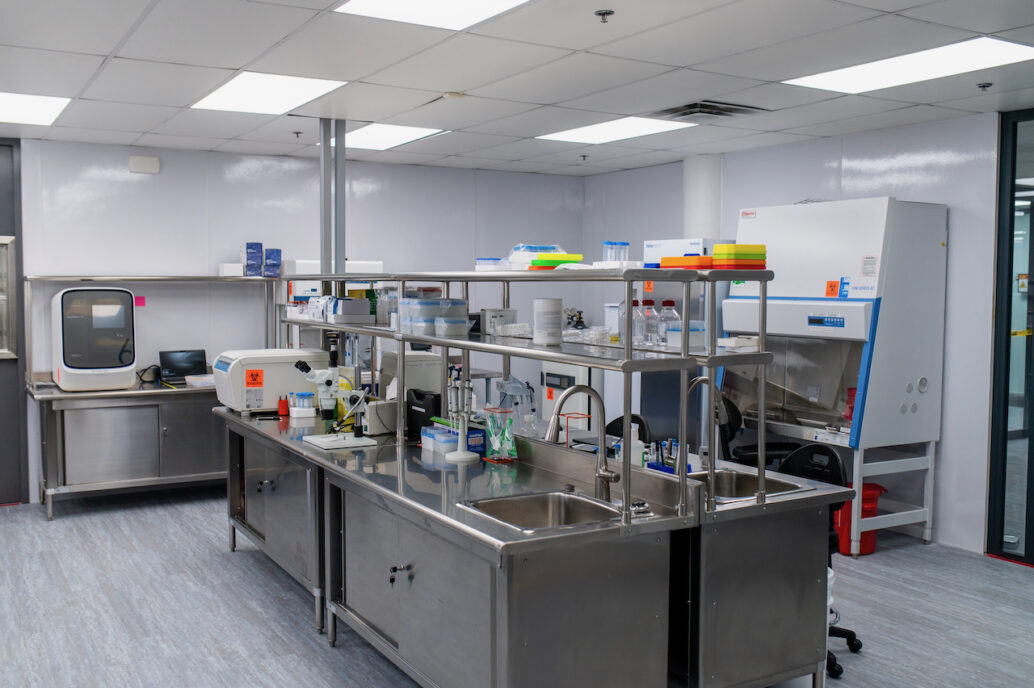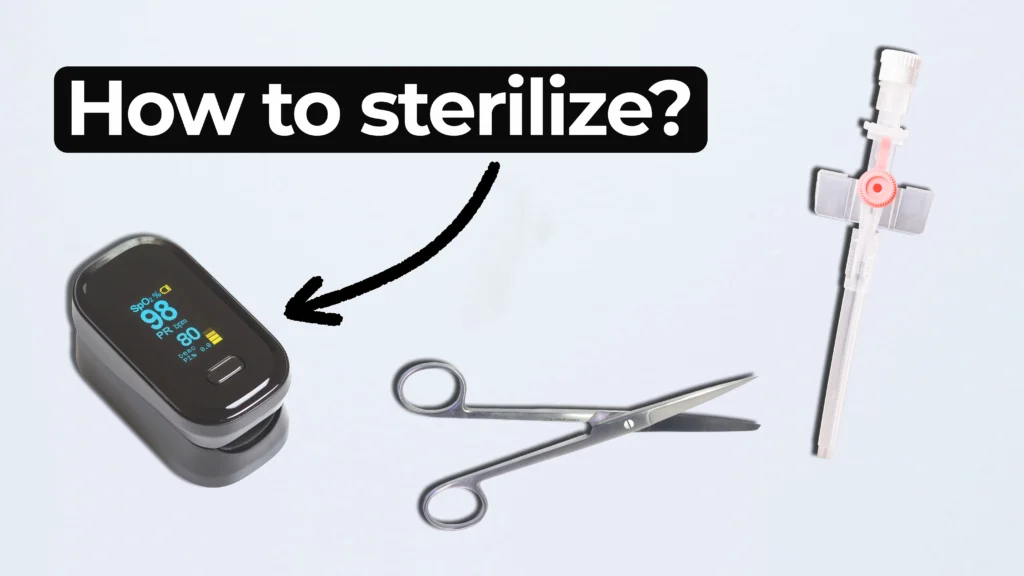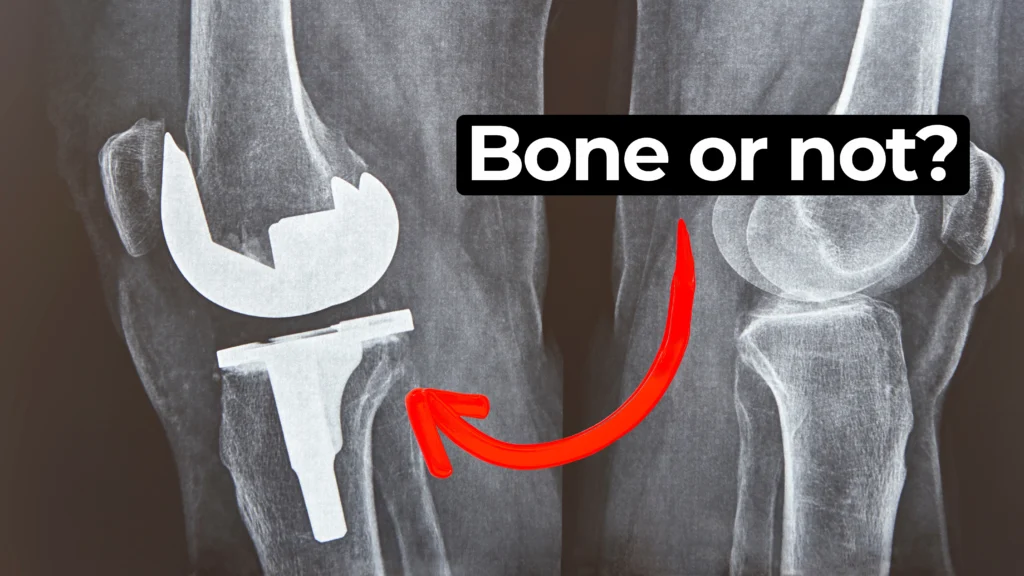
FDA Draft Guidance on Chemical Analysis for Biocompatibility Assessment of Medical Device
This blog explores key highlights of the Chemical Analysis for Biocompatibility Assessment of Medical Devices draft guidance, focusing on its scope, testing methodologies, and recommendations for reporting.
In September 2024, the U.S. Food and Drug Administration (FDA) issued a draft guidance titled Chemical Analysis for Biocompatibility Assessment of Medical Devices. This detailed document provides industry stakeholders with a framework for conducting chemical characterization studies as part of the biocompatibility assessment process. By improving methodological consistency and reliability, the guidance aims to streamline premarket submission reviews and reduce deficiencies.
Scope and Purpose
The draft guidance centers on chemical characterization, which is a critical tool for biocompatibility assessments. It aims to identify and quantify potential extractables—chemicals that may leach from a device into the body under various use conditions. These studies help evaluate toxicological risks and determine whether a device meets safety thresholds for long-term use.
The FDA emphasizes two primary applications of chemical analysis in this context:
Toxicological Risk Assessment (TRA):
- Using chemical data to assess risks associated with systemic toxicity (acute, subacute, chronic), genotoxicity, carcinogenicity, and reproductive toxicity.
- Substantiate biocompatibility through non-animal testing when combined with a robust TRA.
Chemical Equivalency Comparisons:
Comparing a modified device with a previously approved version to demonstrate that changes in materials, suppliers, or processes do not negatively impact safety or effectiveness.
While the guidance broadly applies to most devices, it acknowledges that specific device types (e.g., ophthalmic implants, respiratory devices) may require tailored methods aligned with device-specific standards such as ISO 18562 for breathing pathways or ISO 11979 for ophthalmic implants.
Alignment with ISO Standards
The guidance aligns closely with international standards, particularly ISO 10993-18, which governs chemical characterization of medical devices. It reinforces the importance of harmonized approaches to ensure global consistency in evaluating medical device safety.
Notable references include:
- ISO 10993-17 Biological evaluation of medical devices, Part 17: Toxicological risk assessment of medical device constituents
- ISO 18562-1:2024 Biocompatibility evaluation of breathing gas pathways in healthcare applications, Part 1: Evaluation and testing within a risk management process. Check out my colleague Vinky Kohli’s FDA Change Insights on Risk Management for Biocompatibility Evaluation.
- ISO 7405:2018 Dentistry – Evaluation of biocompatibility of medical devices used in dentistry
Manufacturers are encouraged to consult both FDA and ISO documents to ensure compliance with regulatory and international expectations.
Recommended Methodologies for Chemical Characterization
Extractables Studies
A cornerstone of the guidance is its focus on extractables studies. These analyses simulate worst-case conditions to determine the chemicals a device may release when exposed to various solvents, temperatures, and durations.
Key recommendations include:
Extraction Conditions:
- Use exaggerated conditions (e.g., high temperatures or prolonged durations) to ensure a worst-case scenario evaluation. For example, a cardiac stent intended for long-term use might be immersed in saline at 50°C for 72 hours. This exceeds typical body conditions (37°C) to simulate worst-case scenarios and identify potential chemical leachables.
- Tailor the choice of solvent to reflect a range of polarities (polar, non-polar, and semi-polar). For example, water, hexane, and alcohols may be used depending on the material composition of the device.
Test Article Preparation:
- Ensure that the test article mimics the final, finished device, including any sterilization or packaging processes.
- Avoid destructive preparation methods such as cutting or heating unless justified.
Replicates and Pooling:
- Conduct triplicate extractions for each solvent unless pooling multiple devices is required for analytical feasibility (e.g., for small devices).
- Use the highest measured extractable concentration across replicates for worst-case exposure calculations.
Chemical Analysis Techniques
The guidance outlines detailed recommendations for analyzing extracts to identify and quantify chemicals above an Analytical Evaluation Threshold (AET).
Key considerations include:
Detection Methods:
- Employ a combination of techniques, such as gas chromatography-mass spectrometry (GC-MS), liquid chromatography-mass spectrometry (LC-MS), and inductively coupled plasma-mass spectrometry (ICP-MS), to capture a comprehensive range of chemical properties.
- Use non-targeted analysis to identify unexpected chemicals, followed by targeted analysis to quantify substances of known concern.
Sensitivity and Calibration:
- Ensure detection limits (LOD) and quantification limits (LOQ) are below the AET.
- Use authentic reference standards (i.e. highly purified, well-characterized chemical substance) to calibrate equipment and provide accurate quantification.
Exhaustive Extraction Endpoint:
- Demonstrate extraction completeness by tracking the reduction in non-volatile residue (NVR) across successive extraction cycles until less than 10% of the initial residue remains.
Reporting and Documentation Standards
To ensure transparency and reproducibility, the guidance emphasizes the importance of comprehensive reporting. The FDA highlights several key elements that should be included in test reports submitted for regulatory review:
Methodological Details:
- Provide complete descriptions of the extraction and analysis methods used, including solvent choices, temperatures, and durations.
- Justify any deviations from recommended protocols.
Test Results:
- Include raw data such as chromatograms, calibration curves, and spectra to support reported findings.
- Summarize all identified extractables with their concentrations and associated confidence levels (e.g., tentative, confirmed).
Device-Specific Context:
- Clearly define how the test article represents the device in its final form, considering size, surface area, and manufacturing processes.
By standardizing data presentation, the FDA aims to facilitate consistent reviews and minimize delays caused by incomplete or unclear submissions.
Reducing Variability and Supporting Non-Animal Testing
The guidance recognizes variability in chemical analysis practices across laboratories as a significant challenge. To address this, it provides detailed recommendations to standardize:
- Test article preparation and extraction methods.
- Analytical techniques and calibration processes.
- Reporting formats.
Additionally, the FDA supports the use of chemical characterization to reduce reliance on animal testing. By combining comprehensive chemical analysis with robust TRA, manufacturers can address multiple biocompatibility endpoints efficiently while adhering to the principles of the “3Rs” (Replace, Reduce, Refine).
Conclusion
The FDA’s draft guidance on chemical analysis for biocompatibility assessments represents a significant step forward in promoting patient safety and regulatory efficiency. By providing a detailed framework for extractables studies and chemical analysis, the guidance addresses longstanding issues of inconsistency and variability in premarket submissions.
Medical device manufacturers should familiarize themselves with this draft document, align their practices with its recommendations, and engage with the FDA early for feedback on study designs. By doing so, they can streamline approval processes, reduce testing timelines, and enhance the safety profiles of their products.
For more insights and tailored support on navigating FDA regulations, read more StarFish Medical regulatory blogs or contact usto see how we can help your business succeed in the evolving medical device landscape.
Palash Jha is a QA/RA Specialist at StarFish Medical with a strong background in biomedical engineering. He has over 7 years of experience in orthopedic medical devices and have worked in product development and quality engineering roles. Palash is driven by a passion for continuous improvement and enhancing the quality of life for people through his work.
Images: StarFish Medical
Companies manufacturing equipment or consumer parts that use hazardous materials in the manufacturing process must comply with RoHS and REACH environment regulations. Learn how to select and manage compliant suppliers.
Related Resources

A structured, well-documented design review process is a critical component of successful product development, particularly in the medical device industry.

In medical device development, we deal with complex projects that span multiple disciplines, timelines, and regulatory gates. It’s a constant balance between moving fast enough to innovate, but slow enough to stay compliant.

Ariana and Mark walk through FDA-approved options and explain how to select the right one for your product. From metals to plastics and electronics, not all devices can handle the same process.

In this episode of MedDevice by Design, Ariana and Mark dive into the biomechanics and materials science behind osseointegration for implants.
Learn how StarFish Medical led a consortium that created a Ventilator 2.0 therapy device in record time.